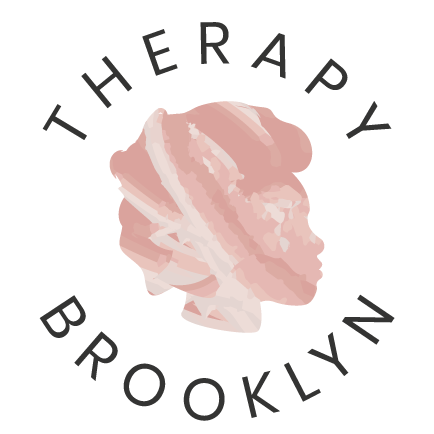“Come As You Are”: How Emily Nagoski’s Work Can Support Your Sex Therapy Journey
When people reach out to us for sex therapy, many come in with a mix of questions and some fears:
Why don’t I want sex anymore? Why does my body feel like it’s not cooperating? Am I broken? If any of these questions feel familiar to you, you’re not alone. At Therapy Brooklyn, we believe that sexual wellbeing is a key part of mental health and that healing is possible with the right support, curiosity, and care.
One book that has helped many of our clients feel seen, understood, and hopeful is Come As You Are by Dr. Emily Nagoski. Grounded in science and rooted in compassion, this book has transformed how we talk about desire, arousal, and sexual shame, especially for women and queer folks who’ve been left out of the dominant narratives about sex.
Here’s how its insights can support your therapy journey.
1. There’s No Such Thing as “Normal”
One of the first truths Nagoski invites us to embrace is that there’s no single “right” way to experience desire. Sexuality varies from person to person and even from moment to moment. What turns you on, what helps you feel connected, how your body responds, none of it has to fit a script. And most importantly, none of it makes you broken.
In therapy, we echo this: your experience is valid. If something’s getting in the way of your pleasure or sense of self, we’ll work with you to understand it, without judgment.
2. Your Brain Has Gas Pedals and Brakes
One of the most powerful ideas from the book is something called the dual control model. Basically, your brain has two systems: one that says “yes” to sex (your accelerator) and one that says “not now” (your brakes). Stress, trauma, relationship dynamics, body image, or cultural shame can all hit those brakes—even if part of you wants connection.
This is something we work on often in sex therapy: getting to know your unique accelerators and brakes so you can understand what’s really going on. With that clarity, we can start to make room for more pleasure and ease.
3. Context Is Everything
One of the biggest myths about sex is that it “just happens”, that if you’re in love or attracted to someone, desire should automatically follow. But Nagoski reminds us that desire is deeply tied to context. Things like stress, safety, emotional closeness, and past experiences can either fuel desire or shut it down completely.
That’s why in therapy, we don’t just focus on the sexual issue itself. We look at the big picture: your life, your body, your relationships, your history. Because all of that matters.
4. Your Body Might Be Responding, Even When You’re Not Into It
For many people, especially survivors of trauma, there’s a disconnect between physical response and emotional desire. This is called arousal non-concordance, and it’s one of the reasons people feel confused, ashamed, or even betrayed by their own bodies.
We bring a trauma-informed lens to this work. Understanding what’s happening physiologically can help you separate what you felt from what you wanted, and start rebuilding a sense of agency and trust in your body.
5. Pleasure Is Not a Reward: It’s Your Right
Ultimately, Come As You Are is about reclaiming pleasure, not as something you have to earn, but as something that belongs to you. For people who’ve grown up with cultural or religious shame, have been marginalized or objectified, or disconnected from their bodies due to stress or survival, this message can be radical.
In our work at Therapy Brooklyn, we take this seriously. For BIPOC, queer, trans, disabled, and other marginalized clients, we know that sex therapy isn’t just about “fixing” something, it’s often about unlearning, reclaiming, and reimagining what sexual freedom can look like.
How We Bring These Ideas Into Therapy
You don’t need to read Come As You Are before starting therapy. But many clients find it helpful as a companion to our work together. We may reference some of the ideas, suggest specific exercises from the workbook, or simply explore these concepts in session at your pace.
Whether you’ve felt disconnected from desire for years or you’re just starting to get curious about what’s possible, you don’t have to figure it out alone.
Ready to reconnect with your sexual self?
We’d love to support you.
Book a free consultation to meet with one of our affirming, sex-positive therapists.
Further Reading:
Nagoski, E. (2015). Come As You Are: The Surprising New Science That Will Transform Your Sex Life.
Nagoski, E. (2020). Come As You Are Workbook.
Bancroft, J. & Janssen, E. (2000). The Dual Control Model. Journal of Sex & Marital Therapy.
Brotto, L. (2018). Better Sex Through Mindfulness.
